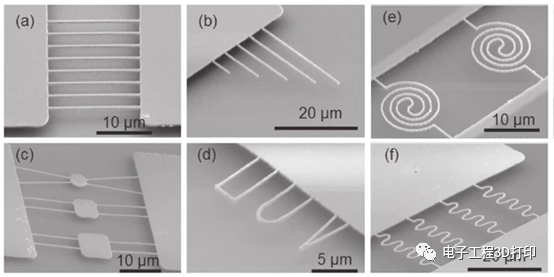Microelectromechanical devices are based on integrating mechanics and electronics at the micron scale. They are used every day in everyday life. For example, there are at least a dozen micro-electromechanical devices in a cell phone to control different actions, from movement, position, and cell phone tilt monitoring, to active filters for different band transmissions and the cell phone’s own microphone.

Even more interesting is that this extreme nanoscale microdevice offers the possibility to create inertial, mass and force sensors due to its sensitivity to interact with single molecules.
However, due to the high cost of nano-electromechanical sensors are still limited to traditional silicon-based technology.Conversely, new technologies like3D printingSimilar structures have been shown to be achievable at low cost and have inherent functional properties, but have so far performed poorly as mass sensors.
The article “Reaching silicon-based NEMS performances with 3D printer nanomechanical resonators” published in NatureCommunication shows how3D printingto obtain mechanical nanoresonators with certain sensitivity values compared to silicon-based resonators, such as quality factor, stability, mass sensitivity and strength. This research is a collaboration between the Politecnico di Torino and the Hebrew University, and is the result of joint research by Professors Ido Cooperstein and Shlomo Magdassi.
Different nanodevices (thin films, cantilevers, bridges) are realized in new liquid compositions by two-photon technology, and the organic solvent is removed by a subsequent thermal process, leaving a high rigidity and low dispersion.
ceramics
structure. The obtained samples were characterized by the company Laser Dopper Vibrometry.
The fabricated nanoelectromechanical sensors, characterized by mechanical properties comparable to existing silicon-based devices, are simpler, faster, and more versatile thanks to their ability to add new chemical-physical functionalities. possible. For example, the yttrium aluminum garnet (Nd:YAG) crystals used in this article are commonly used in solid-state laser sources in the infrared range.
This ability to produce complex, miniaturized devices comparable to silicon3D printingprocess, bringing new horizons to the field of additive manufacturing and rapid prototyping.
(Editor in charge: admin)


0 Comments for “3D printed nanoresonators target miniaturized and multifunctional sensor applications”